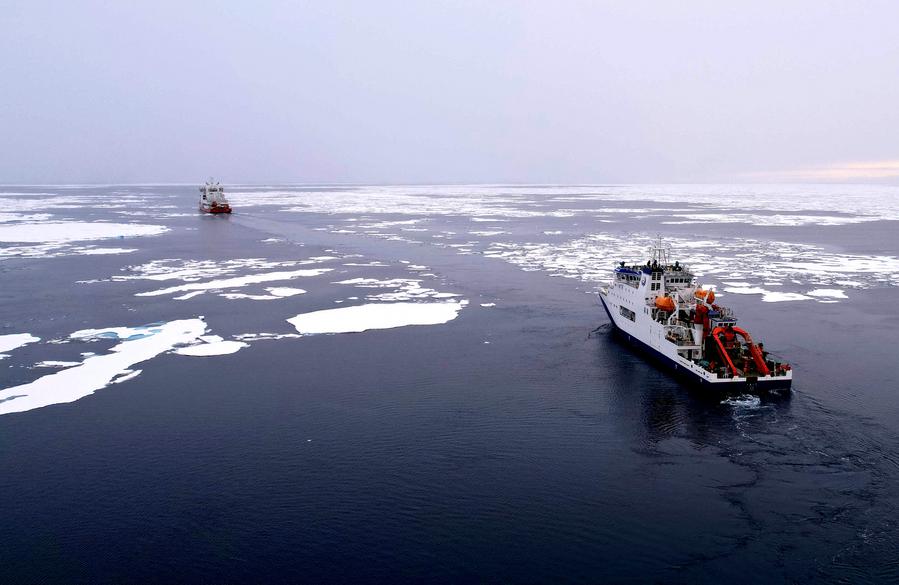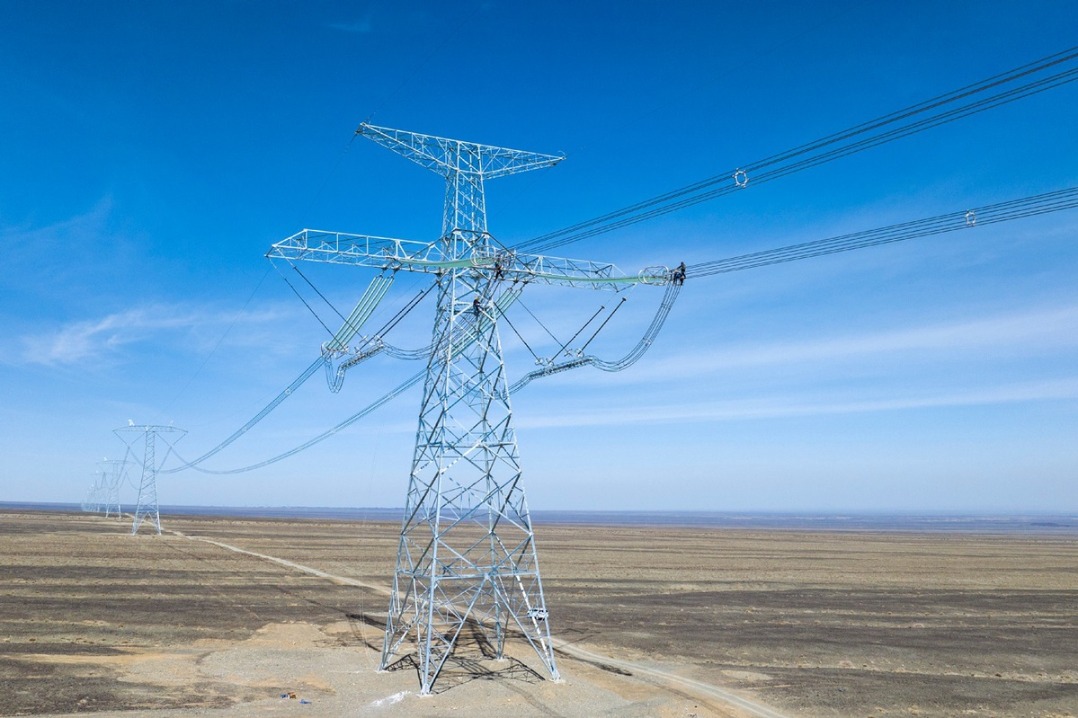Chinese researchers identify new 'geochemical switch' regulating Earth's Climate


GUANGZHOU -- The shifts in marine sulfate concentrations can flip the way that methane is consumed on the seafloor, acting as a geochemical switch that modulates Earth's climate, according to a research article published in the journal Nature Geoscience.
The researchers of the study, from the Guangzhou Institute of Geochemistry (GIG) of the Chinese Academy of Sciences (CAS), warned that a similar switch may emerge again as the modern Arctic Ocean warms and freshens at an accelerating pace.
They noted that the Earth endured an extreme period of global warming and ocean acidification, known as the Paleocene-Eocene Thermal Maximum, 56 million years ago. Such an event mirrors many features of today's climate crisis.
Methane is the second-most important greenhouse gas following carbon dioxide, and vast quantities of it are locked up under the seafloor. Until recently, scientists have been concerned that the methane released from the seafloor would surge directly into the atmosphere, thereby contributing to global warming.
However, recent studies have shown that most methane released from the seafloor dissolves rapidly into seawater and is then "digested" by various microbes, with only a small amount ever reaching the atmosphere.
During these processes, microbes utilize sulfate as their "fuel" to convert methane energy with high efficiency, while simultaneously generating alkaline by-products that help counteract ocean acidification, said Zhang Yige, a professor at the GIG.
However, 56 million years ago, the sulfate concentration in Arctic waters was less than one-third of its current level.
With sulfate in critically short supply, methane diffused into the water column. Therefore, the aerobic bacteria ignited a rapid "flash-burn" of methane, releasing a surge of carbon dioxide into the water.
The researchers disclosed that the carbon dioxide levels in the Arctic Ocean 56 million years ago were significantly higher than the global average. This shows that the Arctic Ocean had transformed from a "sponge" that absorbed carbon dioxide to a "chimney" that emitted it.
Their study highlights potential major perturbations to Arctic carbon cycling under future climate change.
- Chinese researchers identify new 'geochemical switch' regulating Earth's Climate
- Chinese and African partners to jointly establish an institute for excellent engineers
- Delegation of Moroccan political parties visits Shanghai
- Southwest China braces for heavy rain in upcoming holiday
- Travel with AI Confucius in Shandong
- Diplomats take part in a unique vertical marathon in Chongqing




































